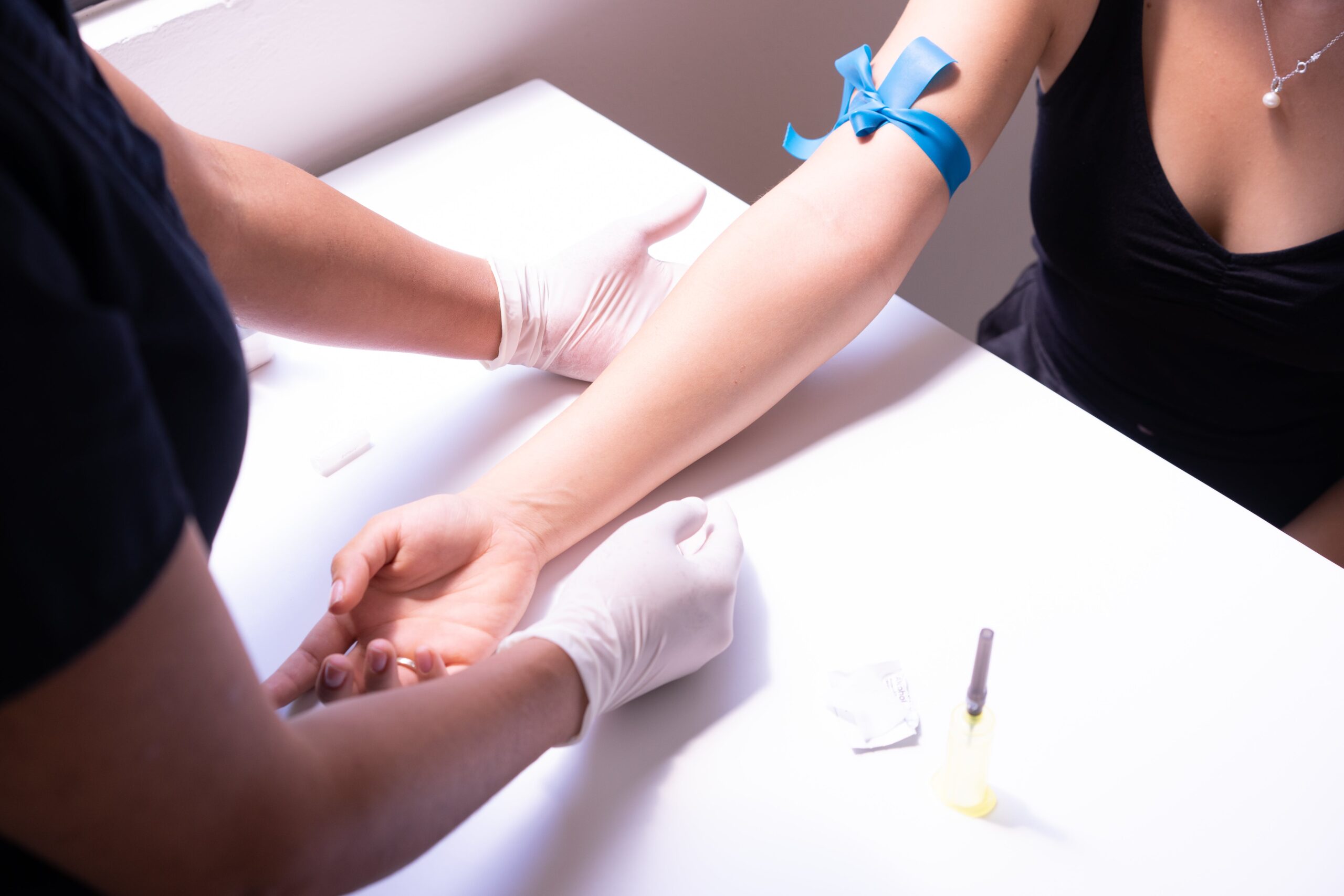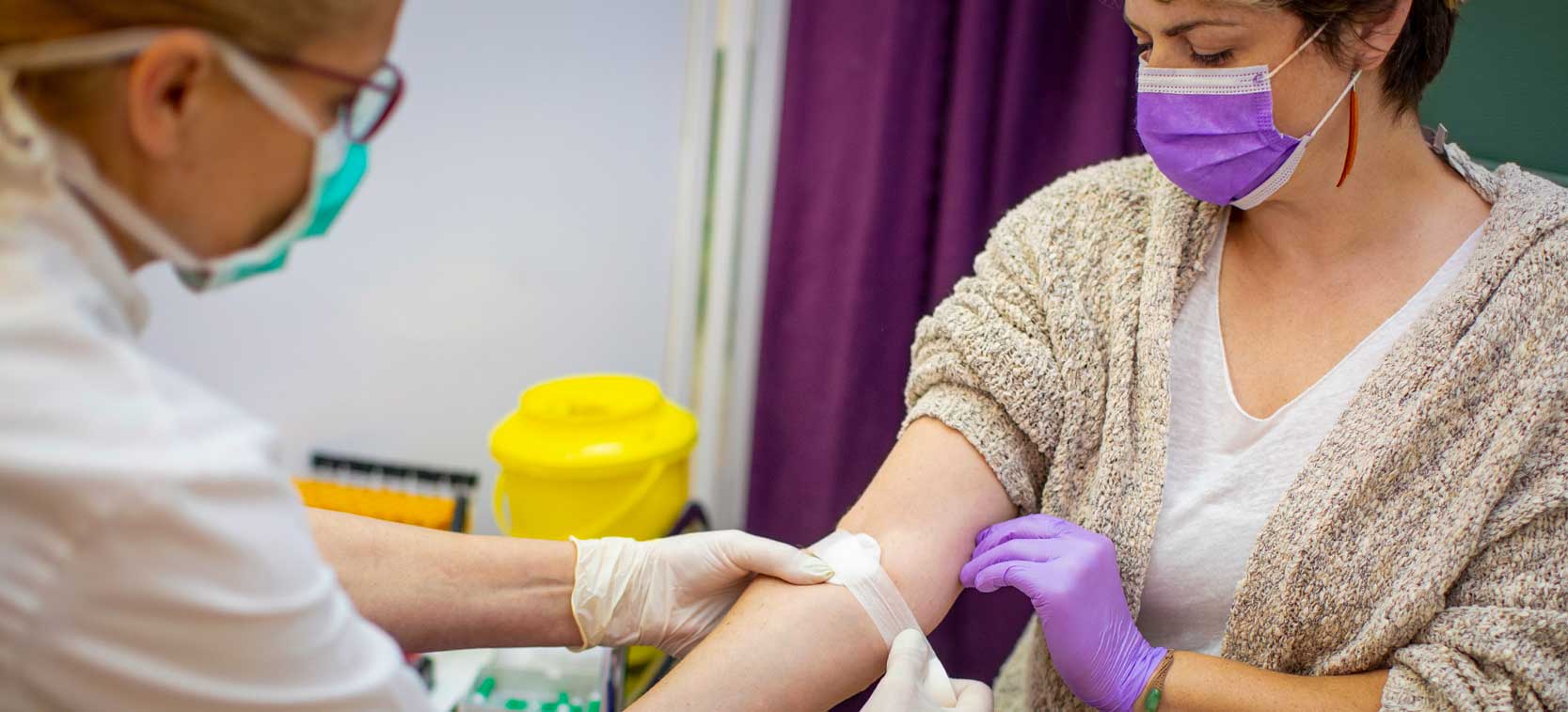How Northeast Medical Institute - New Haven Campus Phlebotomy Course & Cna Class can Save You Time, Stress, and Money.
How Northeast Medical Institute - New Haven Campus Phlebotomy Course & Cna Class can Save You Time, Stress, and Money.
Blog Article
Excitement About Northeast Medical Institute - New Haven Campus Phlebotomy Course & Cna Class
Table of ContentsThe 4-Minute Rule for Northeast Medical Institute - New Haven Campus Phlebotomy Course & Cna ClassSome Known Incorrect Statements About Northeast Medical Institute - New Haven Campus Phlebotomy Course & Cna Class Some Known Details About Northeast Medical Institute - New Haven Campus Phlebotomy Course & Cna Class Northeast Medical Institute - New Haven Campus Phlebotomy Course & Cna Class - QuestionsThe 7-Minute Rule for Northeast Medical Institute - New Haven Campus Phlebotomy Course & Cna ClassWhat Does Northeast Medical Institute - New Haven Campus Phlebotomy Course & Cna Class Do?
The usage of such gadgets should be accompanied by other infection avoidance and control practices, and training in their use.For setups with low resources, cost is a driving factor in purchase of safety-engineered devices - PCT Training. Where safety-engineered devices are not available, experienced usage of a needle and syringe serves. Unexpected exposure and details information about an event need to be taped in a register. Support solutions must be promoted for those that undertake unexpected exposure.
labelling); transportation conditions; interpretation of results for clinical management. In an outpatient division or center, provide a dedicated phlebotomy cubicle containing: a tidy surface with two chairs (one for the phlebotomist and the various other for the individual); a hand laundry container with soap, running water and paper towels; alcohol hand rub. In the blood-sampling room for an outpatient department or facility, offer a comfortable reclining couch with an arm rest.
The Buzz on Northeast Medical Institute - New Haven Campus Phlebotomy Course & Cna Class
Ensure that the indicators for blood tasting are clearly specified, either in a composed protocol or in documented directions (e.g. in a laboratory kind). Accumulate all the equipment required for the treatment and location it within secure and easy reach on a tray or cart, making sure that all the products are clearly noticeable.
Present on your own to the person, and ask the individual to specify their full name. Inspect that the research laboratory kind matches the client's identification (i.e. match the individual's information with the laboratory type, to make certain precise recognition).
Make the patient comfy in a supine setting (ideally). Location a clean paper or towel under the patient's arm. Discuss the examination to be carried out (see Annex F) and get verbal authorization. The individual has a right to decline a test at any time prior to the blood tasting, so it is essential to make sure that the individual has actually understood the treatment.
Northeast Medical Institute - New Haven Campus Phlebotomy Course & Cna Class for Dummies
Expand the client's arm and check the antecubital fossa or lower arm. Locate a vein of an excellent dimension that is noticeable, straight and clear. The layout in Section 2.3, shows typical placements of the vessels, but many variants are feasible. The average cubital blood vessel exists in between muscular tissues and is generally one of the most easy to pierce.
DO NOT place the needle where capillaries are drawing away, due to the fact that this enhances the possibility of a haematoma. The vein should be noticeable without applying the tourniquet. Situating the blood vessel will help in identifying the proper dimension of needle. Apply the tourniquet about 45 finger sizes above the venepuncture website and re-examine the vein.
Haemolysis, contamination and existence of intravenous fluid and medicine can all alter the outcomes (39. Nursing staff and medical professionals may access central venous lines for specimens adhering to procedures. Nevertheless, samplings from central lines carry a risk of contamination or incorrect laboratory test outcomes (https://northeastmedicalinstitute.godaddysites.com/f/northeast-medical-institute---new-haven-campus-your-gateway-to-a). It serves, yet not suitable, to injure specimens when very first introducing an in-dwelling venous tool, before connecting the cannula to the intravenous liquids.
Not known Incorrect Statements About Northeast Medical Institute - New Haven Campus Phlebotomy Course & Cna Class
Enable the area to dry. Failure to enable enough call time raises the threat of contamination. DO NOT touch the cleaned up site; particularly, DO NOT put a finger over the capillary to lead the shaft of the revealed needle. It the site is touched, repeat the sanitation. Perform venepuncture as follows.
Ask the person to develop a fist so the veins are more prominent. Enter the blood vessel promptly at a 30 degree angle or much less, and remain to present the needle along the capillary at the simplest angle of entrance - CNA Courses. As soon as sufficient blood has actually been gathered, view website launch the tourniquet prior to taking out the needle
The Facts About Northeast Medical Institute - New Haven Campus Phlebotomy Course & Cna Class Revealed
Take out the needle delicately and apply mild pressure to the site with a tidy gauze or completely dry cotton-wool ball. Ask the patient to hold the gauze or cotton wool in position, with the arm expanded and raised. Ask the individual NOT to bend the arm, because doing so triggers a haematoma.

6 Easy Facts About Northeast Medical Institute - New Haven Campus Phlebotomy Course & Cna Class Described
Where possible, keep the tubes in a shelf and move the shelf in the direction of you - https://www.blogtalkradio.com/gordonmarvin28. If the sample tube does not have a rubber stopper, inject extremely gradually into the tube as minimizing the pressure and rate made use of to move the specimen reduces the threat of haemolysis.

Report this page